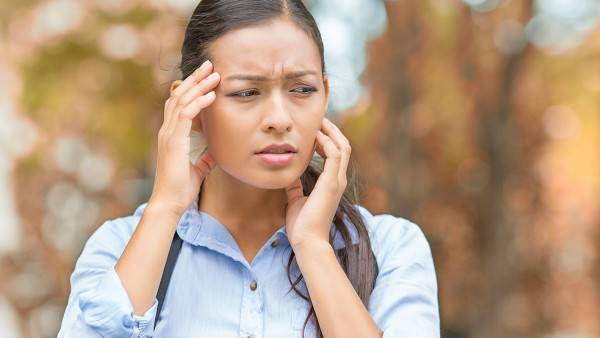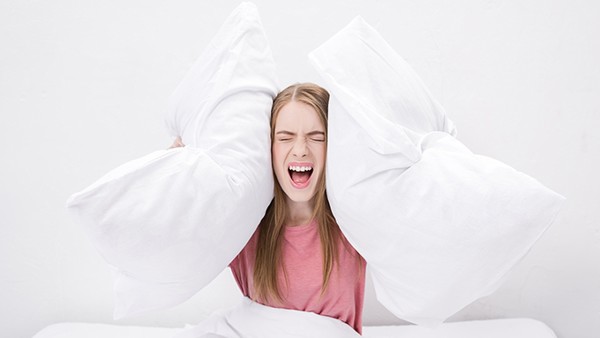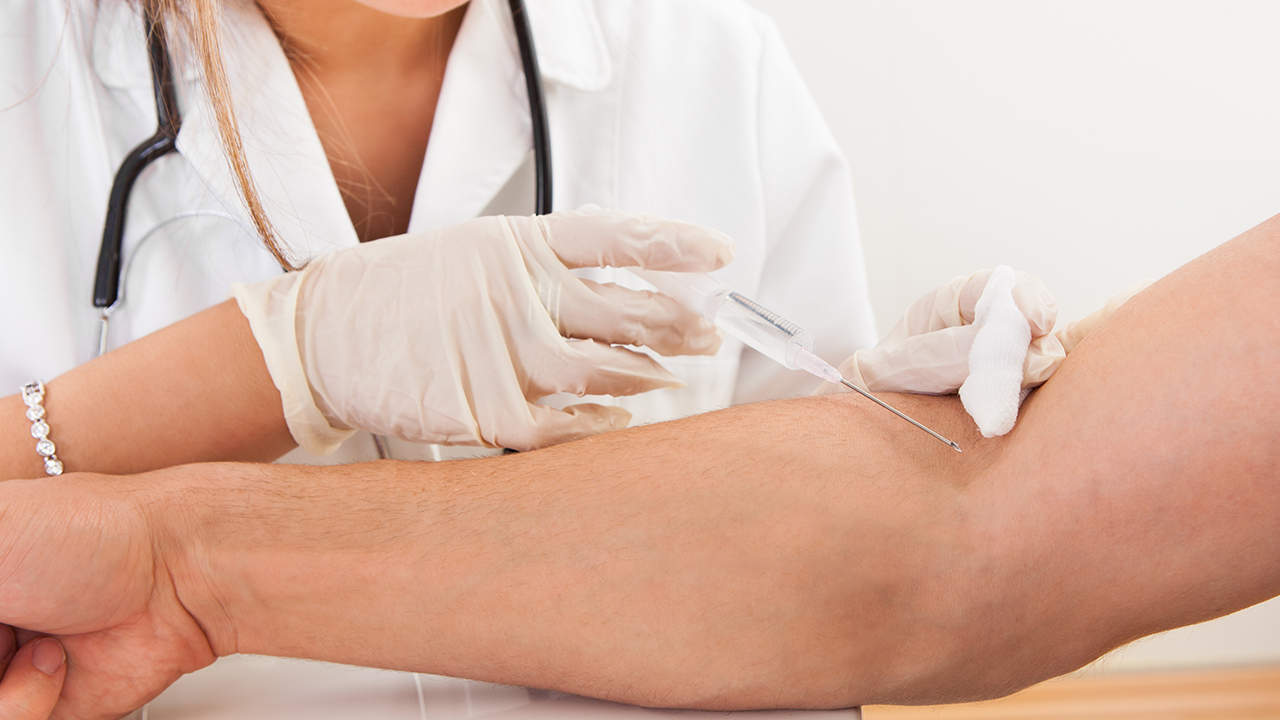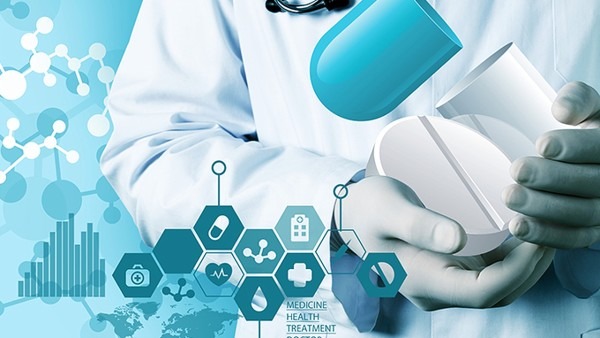Ophthalmology Machine for Treating Dry Eye Disease: A Comprehensive Guide

Dry Eye Disease: An Overview
Dry eye disease (DED) is a prevalent condition characterized by insufficient tear production, leading to ocular discomfort and impaired vision. It can arise from various factors, including aging, hormonal changes, autoimmune disorders, and certain medications. DED manifests through symptoms such as burning, stinging, itching, foreign body sensation, and blurry vision.
Current Treatment Options for Dry Eye Disease
Conventional treatments for dry eye disease primarily aim to alleviate symptoms and enhance tear production. Eye drops, such as artificial tears and cyclosporine, provide lubrication and reduce inflammation. Punctal plugs may be inserted to block tear drainage, thereby extending tear retention time on the ocular surface. For severe cases, surgical interventions like tarsorrhaphy or amniotic membrane transplantation may be considered.
Ophthalmology Machine for Treating Dry Eye Disease
Recent advancements in ophthalmology have introduced novel treatment modalities for dry eye disease. One such device is the ophthalmology machine specifically designed to address this condition.
Mechanism of Action
The ophthalmology machine for treating dry eye disease utilizes a unique mechanism of action to stimulate tear production and improve tear quality. It emits low-level targeted energy to the lacrimal glands responsible for tear secretion. This energy stimulates the glands, promoting increased tear production.
Advantages of the Ophthalmology Machine
Compared to conventional DED treatments, the ophthalmology machine offers several advantages:
Non-invasive and painless: The procedure is non-invasive, eliminating the need for surgery or eye injections. It causes minimal to no discomfort during and after the treatment.
Long-lasting results: The effects of the treatment are long-lasting, providing sustained relief from dry eye symptoms.
Improved tear quality: In addition to increasing tear production, the machine also enhances tear quality by stimulating the production of mucin and lipids, which are essential components of the tear film.
Versatility: The machine is suitable for treating dry eye disease of various severities.
Customization: The treatment parameters can be tailored to the individual patient's needs, ensuring optimal outcomes.
Treatment Process
A typical treatment session involves the following steps:
1. The patient is positioned comfortably, and their eyes are anesthetized with eye drops.
2. The ophthalmologist positions the machine's probe over the lacrimal glands through the lower eyelid.
3. Targeted energy is delivered to the glands for a predetermined duration.
4. The procedure typically lasts for 15-20 minutes.
5. The patient may experience mild discomfort during the treatment, which usually subsides within a few hours.
6. Multiple treatment sessions may be required to achieve optimal results.
Post-Treatment Care
After the treatment, patients are advised to follow these post-care instructions:
Avoid rubbing or touching the eyes.
Wear sunglasses to protect the eyes from UV radiation.
Use artificial tears as prescribed by the doctor.
Avoid strenuous activities or heavy lifting.
Report any unusual symptoms or complications to the doctor immediately.
Efficacy and Safety
Numerous clinical studies have demonstrated the efficacy and safety of the ophthalmology machine for treating dry eye disease. These studies have reported significant improvements in tear production, tear quality, and overall patient symptoms. The machine has been found to be well-tolerated, with minimal side effects reported.
Conclusion
The ophthalmology machine for treating dry eye disease represents a significant advancement in ophthalmic care. It offers a non-invasive, long-lasting, and customizable treatment option for patients suffering from this prevalent condition. By stimulating tear production and improving tear quality, the machine effectively alleviates dry eye symptoms and restores ocular comfort. As research and development continue, this revolutionary technology is expected to play an increasingly vital role in the management of dry eye disease.
The above is all the content that the editor wants to share with you. I sincerely hope that these contents can bring some help to your life and health, and I also wish that your life will be happier and happier.
Tags: #for #machine #ophthalmology- • Essential steps for baby bathing and post-bath care
- • Precautions for bone hyperplasia and degeneration
- • Five reasons for premature birth to know
- • UN calls for elimination of discrimination against people living with HIV
- • The impact of staying up late for a long time on male sexual function. How to re













